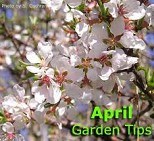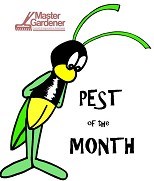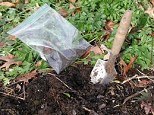LAKE GEORGE, N.Y. — The Lake George Community Garden Club Annual Perennial 2-Day Plant Sale is planned for Saturday, May 20 and Sunday, May 28. Select from a huge number and variety of high-quality perennial plants dug, potted, and ready to plant from members’ zone 4 and 5 gardens. Garden club members are always available at the sales to share planting instructions and important gardening tips. All perennials are reasonably priced to fit your budget.
Looking for a special gift for a friend, or to add color and interest to your patio or your garden landscape?
The sale features a variety of artistically-designed garden art objects created by Garden Club members … unique dish gardens, fun painted rocks, and one-of-a kind hand-painted clay pots filled with house plants.
Proceeds from the sale are used to fund civic beautification and community service projects; scholarships for high school students pursuing a career in horticulture or ecology; and camperships for youth to attend the NY Dept. of Environmental Conservation’s Camp Colby near Saranac Lake.
For more information about the Lake George Community Garden Club, please visit www.lakegeorgecommunitygardenclub.org.




